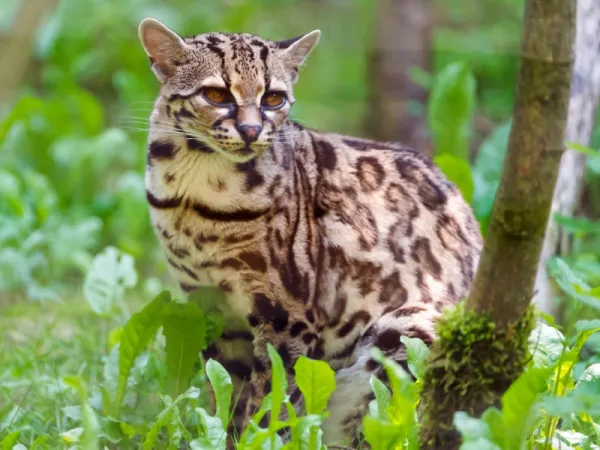
Straddling the Central American isthmus, Panama blends tropical climate, coast-to-coast shorelines, lowland rainforests, cloud forests and mangroves—conditions that foster exceptional biodiversity. Unfortunately, habitat fragmentation, pollution, illegal hunting and wildlife trade are pushing many...
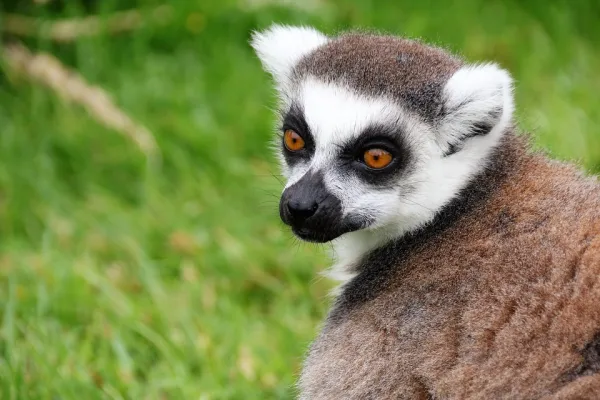
To talk about Madagascar is to talk about endemism. This large island off southeastern Africa split from the mainland more than 100 million years ago, and its plants and animals evolved in isolation—creating about 5% of the planet’s biodiversity, with roughly 70% of species found nowhere else. Tod...
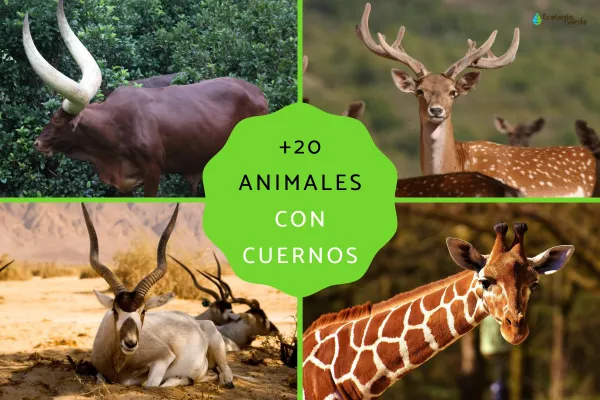
Many animals carry horn- or horn-like structures on the head. Some are weapons for defense or intraspecific combat, others help with display or even heat regulation. Shapes range from slim needles to sweeping scimitars or tight spirals. Below you’ll find what a true horn is (and isn’t), how it dif...
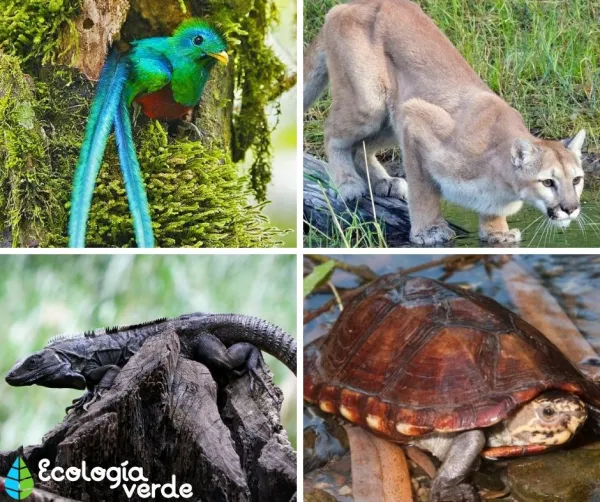
Guatemala packs cloud forests, tropical lowlands, mangroves, and high mountains into a small map—an incredible diversity now pressured by rapid habitat loss and illegal hunting. The IUCN Red List ranks extinction risk from Least Concern (LC) → Near Threatened (NT) → Vulnerable (VU) → Endangered...
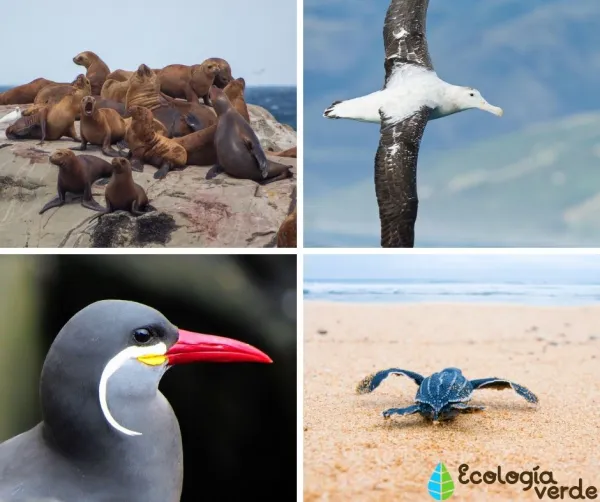
Supercharged by the Humboldt (Peru) Current and powerful upwelling, Peru’s Pacific shoreline is one of South America’s richest marine corridors. Nutrient-dense waters feed vast schools of fish, which in turn attract seabirds, sea turtles, and whales. Below is a handy, copy-ready guide to the most...
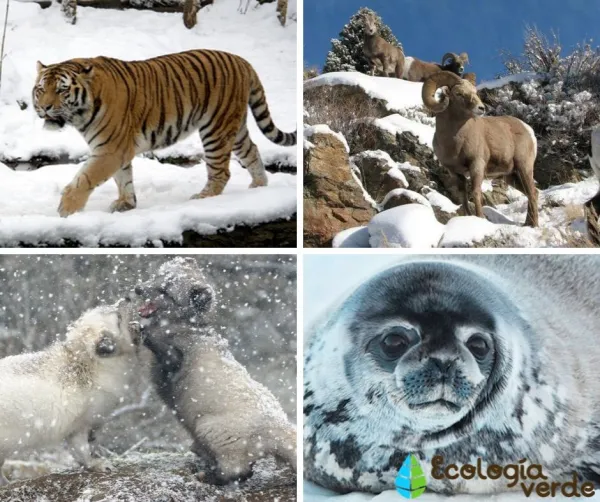
Spanning both Europe and Asia and covering about 17.09 million km², Russia contains an extraordinary range of ecosystems—from Arctic tundra and taiga to high mountains, vast rivers, and the world’s deepest lake. That breadth of habitats supports remarkable wildlife. Below are 15 emblematic Russia...
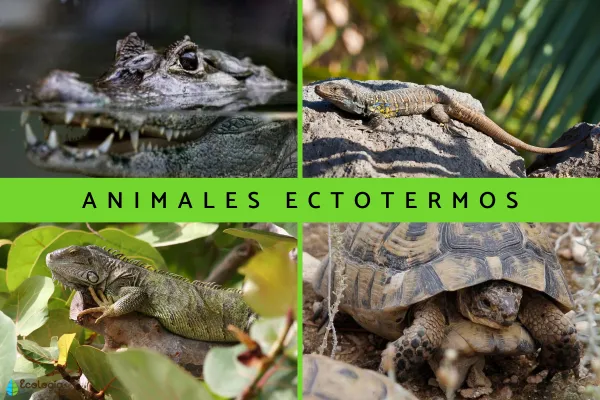
When you see reptiles or amphibians basking motionless on warm rocks, they aren’t “being lazy”—they’re regulating body temperature. These are cold-blooded animals in everyday language; in biology we call them ectotherms: creatures that cannot keep a stable body temperature using metabolism alon...
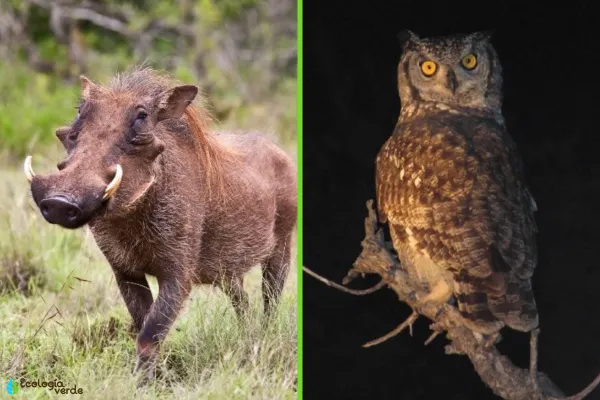
Most animals—including us—run on roughly 24-hour biological rhythms (circadian rhythms) that schedule when we’re alert, when we feed, and when we sleep. Based on when activity peaks over a day, species are commonly grouped as diurnal (active by day) or nocturnal (active by night). Very few are hi...
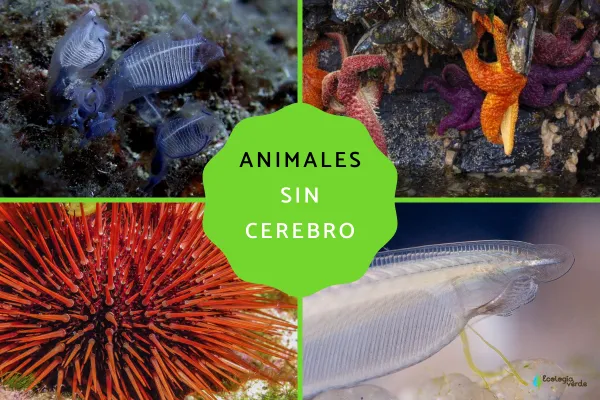
Nature doesn’t insist on a single blueprint. Many animals thrive without a centralized brain, relying instead on simple nerve nets, ring-and-radial nerves, or chains of ganglia to sense, move, feed, and reproduce—especially in the sea. Here’s a clear, reader-friendly guide to 14 classic examples....
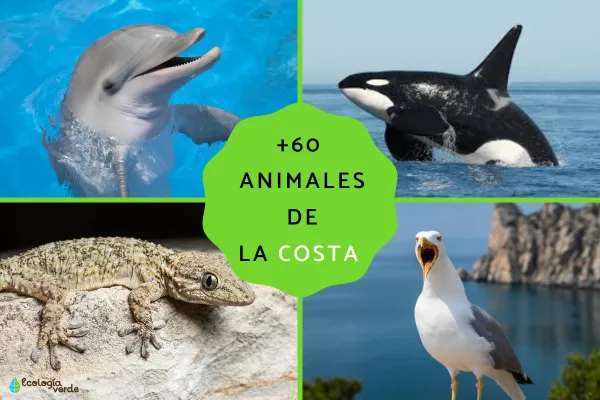
Coasts and nearshore waters are among Earth’s richest life zones. Beyond the familiar dolphins, gulls, and sea turtles, tidepools, beaches, rocky shores, estuaries, and near-coastal seas teem with fishes, birds, reptiles, and invertebrates. This field-guide style overview introduces the flagship gr...
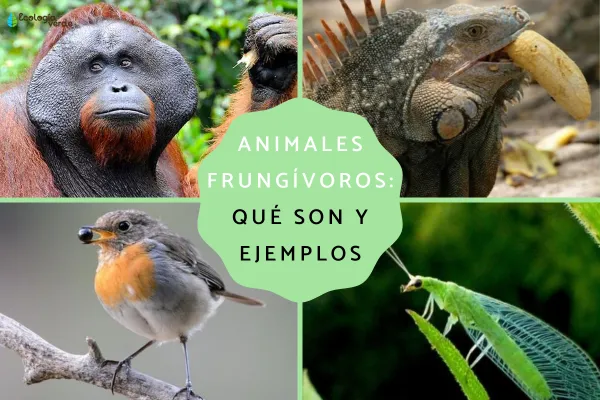
Frugivores are animals that obtain much (or most) of their nutrition from fruit. Some species are almost strict fruit eaters, while many are facultative frugivores that eat fruit seasonally or opportunistically within a broader herbivorous or omnivorous diet. Frugivores form mutualistic interactions...
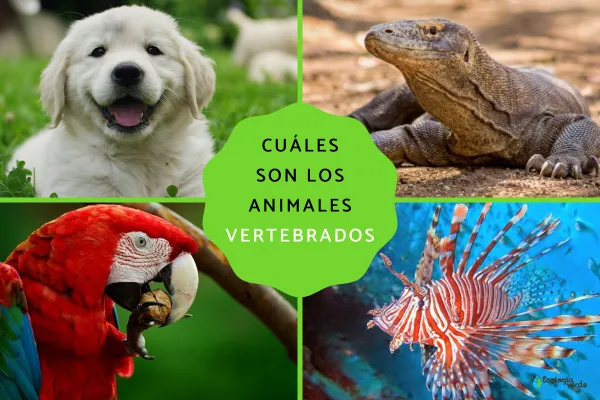
Did you know that there are over 62,000 known species of vertebrate animals on Earth today?This impressive number includes a vast variety of creatures, from the smallest fish to the largest mammals, all sharing one key feature: a backbone.Because they have skeletons that fossilize easily, vertebrate...
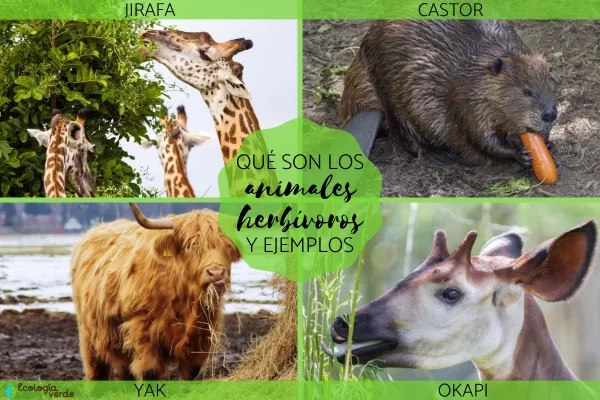
Nutrition is one of the vital life functions of living organisms. Different species can be classified according to their feeding strategies and habits, which they have developed through evolution. Understanding the diets of animals not only reveals how they live, but also helps us understand the rol...
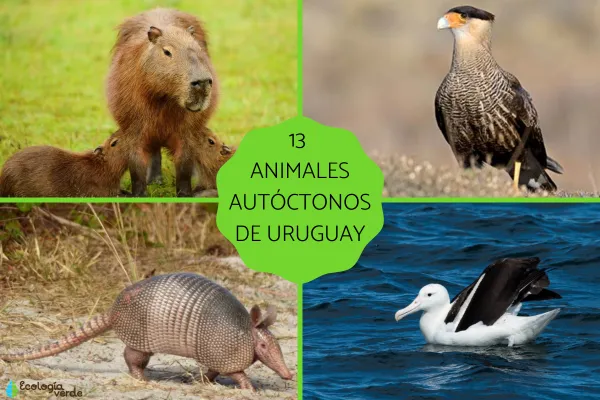
Uruguay, located in southeastern South America, boasts a rich variety of ecosystems, including grasslands, forests, wetlands, hills, and coastal areas. These diverse landscapes support a wide range of native wildlife, playing a crucial role in the country’s natural heritage.In this article, you'...
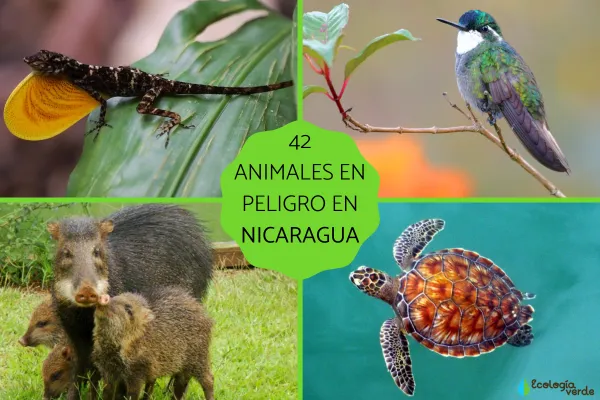
Nicaragua, the largest country in Central America, is home to exceptional biodiversity. Its 68 terrestrial and aquatic ecosystems support over 14,000 species of invertebrates and around 1,800 species of vertebrates. However, habitat degradation, fragmentation, and loss have placed many of Nicaragua’...
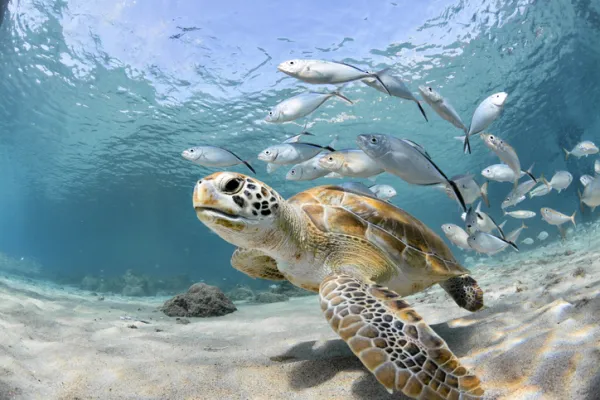
Covering over 70% of the Earth's surface, the oceans play a critical role in shaping the planet's climate and sustaining life. Ocean currents regulate weather patterns, and marine ecosystems support an astonishing level of biodiversity. Even today, many marine species remain undiscovered or...
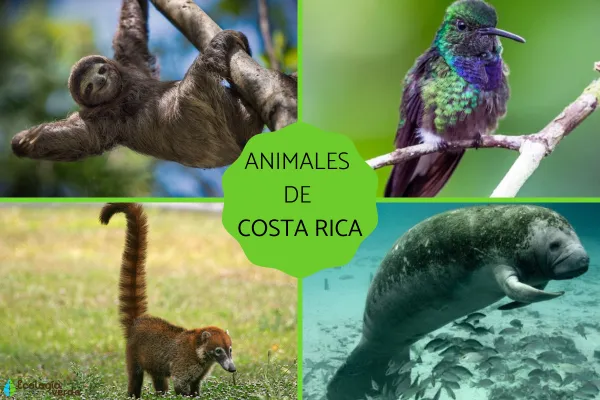
Costa Rica, located in Central America within the tropical zone, boasts an extraordinary level of biodiversity. Despite its small size, the country is home to approximately 6% of the world’s total species, making it one of the most biologically rich countries on the planet. However, increasing huma...
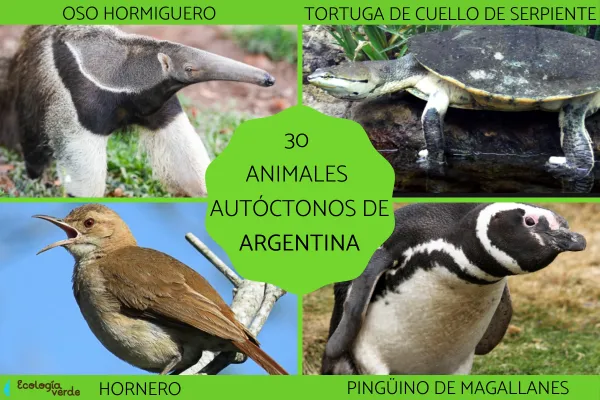
Argentina, the eighth-largest country in the world by land area, is home to a spectacular variety of landscapes and climates—from the Andes mountains to the Atlantic coast, tropical jungles to Patagonian plains. This geographic diversity results in 18 distinct ecoregions, each hosting unique biodiv...
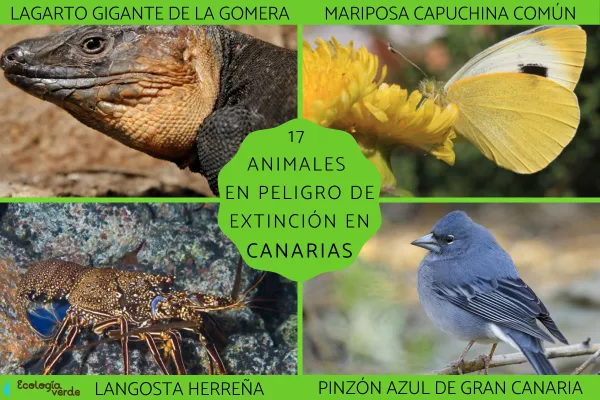
The Canary Islands, a Spanish archipelago known for its rich biodiversity and unique ecosystems, is home to numerous endemic species. Unfortunately, several of these native animals are now at risk of extinction. According to Spain’s National Catalogue of Endangered Species (CNEA), 15 species are cu...
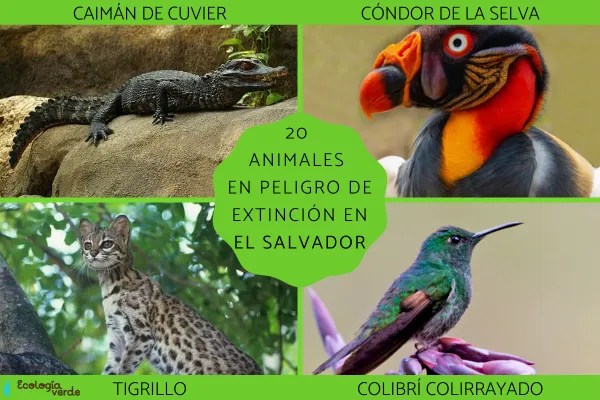
Despite its small territory, El Salvador boasts exceptional biodiversity due to its tropical location along the Pacific Ocean. However, around 75% of its land is used for agricultural and livestock activities. Combined with climate change and environmental degradation, this has led to a sharp declin...